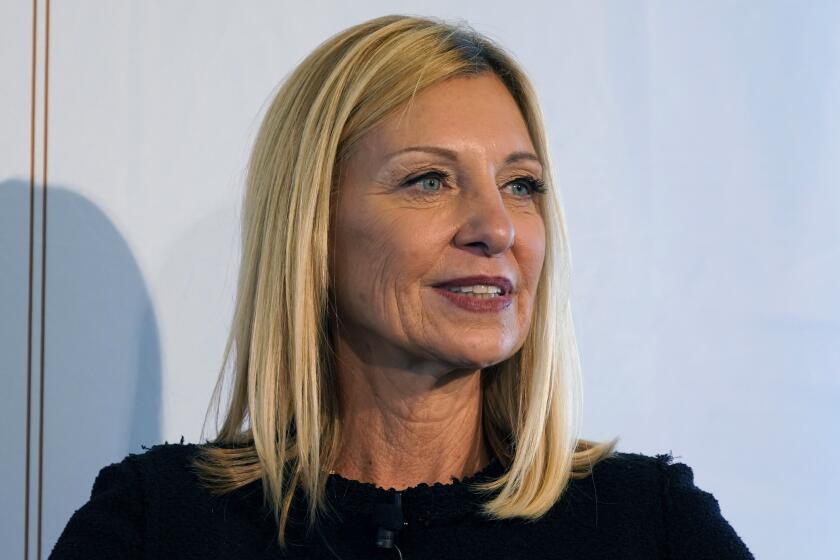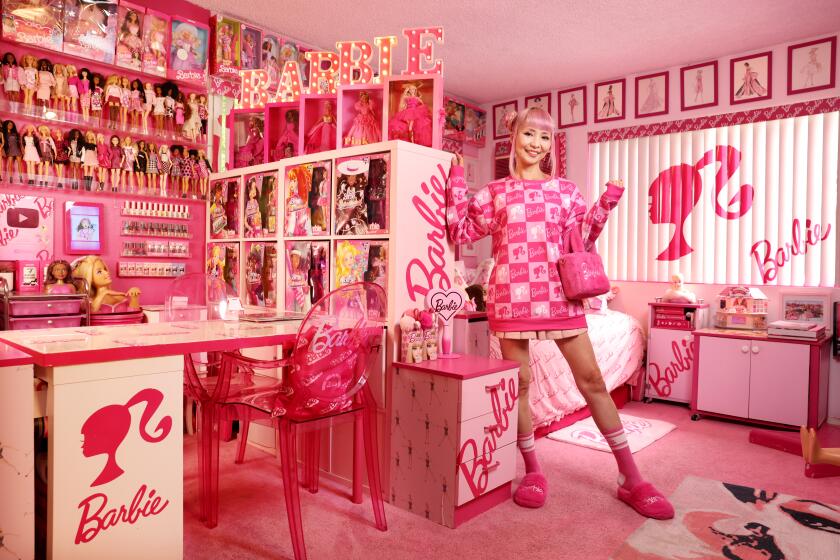Banks Default on Fairness to Debtors
A strange paradox is haunting the international banking community: When confronted with free markets it has chosen to have nothing to do with them.
Banks have always been--and have always portrayed themselves as--the embodiment of the free market. Credit risk assessment is inherent to their business; in fact, risk-taking is the very concept of commercial banking. However, some years ago, the banks repeated a classic mistake: They decided that when a loan is made to a government or government-owned entity,the debt magically loses any resemblance to that of a commercial loan; it becomes a sovereign debt, which, by some obscure rationale, banking identifies as risk-free.
If one looks at a specific example, the difference between a commercial loan and a sovereign one becomes quite blurred. Is there any real difference between a loan contracted by U.S. Steel and a loan contracted by Sidermex, the Mexican government-owned steel complex? Of course, the viability of the former depends on the evolution of the free market, while that of the latter has to do with government good will. In this case, when both companies began to confront declining markets that resulted from world excess production, they both proved to be inefficient; both became highly indebted and, finally, unviable. Yet the banks, behaving like many of the bureaucracies that they criticize in Third World countries, reacted contradictorily: In one case (U.S. Steel) they forced a restructuring on the company and wrote down parts of the original loan; in the other, they still expect the Mexican government to service a loan for a project that is no longer viable. This minor example repeats itself over and over.
Of the $63.3 billion of foreign public debt that Mexico owed at the end of 1982, $41.5 billion, or 66%, represented steel and oil-related investments. Foreign debt allowed the creation or expansion of projects that were launched on the basis of the internal price of oil, which was heavily subsidized. When oil prices collapsed, these investments lost their relative advantage (anyone could get oil at those prices). Therefore, debt associated with investments in oil and its byproducts also lost in value.
Furthermore, many of those projects on which the banks based their credit risk assessment were launched on the basis of the domestic demand for their products; in other words, most of those projects were never conceived to be export-oriented (and thus dollar-generating). Even worse, many of those loans went to finance future production of goods that the world market was already saturated with.
It should not be surprising to anyone that the net worth (if any) of those investments today bears no relationship to the outstanding loans. Yet because those loans are labeled sovereign, the banks expect prompt debt servicing regardless of the situation of the projects for which those loans were made.
Many of the Mexican investment projects for which loans were made were never viable. In fact, many of those loans went to finance fiscal deficits that the government ran to bolster the economy. All governments are in the business of trying to develop their economies faster than possible, so explaining their rationale for running high fiscal deficits is not too difficult.But how can one explain the lenders’ rationale?
The banks are supposed to make loans that they will eventually cash back. But during the 1970s things were different. The recycling of petrodollars brought enormous pools of cash into the international banking system. The underdeveloped countries, starved for capital, were natural recipients of this newly created oil wealth.
Because the rate on loans to governments was higher than for U.S. domestic commercial loans, the banks turned aggressive; over time, many lowered credit standards and became “credit pushers.” Few in the recipient countries opposed foreign borrowing, but the banks knew they were lending far more than they should have. Growth of their own assets in ever-expanding loan portfolios, not the efficient allocation of credit, seems to have been their primary goal, which became even more evident after oil prices collapsed in mid-1981.
When the crunch came in 1982 and Mexico failed to service its debt, lender and borrower began to go in opposite directions. Mexico has become an increasingly market-oriented economy, having liberalized imports, privatized several government-owned corporations, eliminated many obstructive regulations and decreased the role of the government in the economy. Rather than attempting to foster such restructuring, as they so often do with their corporate customers, the banks ceased to function as bankers and began to assume the role of landlord.
It is of course very easy to be smart in retrospective and to judge the banks’ past performance on the basis of today’s information. Yet hindsight does not detract from the conclusion. The lenders identified what they estimated to be profitable opportunities, made all sorts of risk assessments and decided, of their own free will, to extend loans--commercial transactions--to entities, institutions and businesses, not because they were giving money away, but because they expected hefty returns.
Today, Mexico’s total debt as a proportion of gross national product is almost 75% higher than in 1982. The country cannot grow and service its debt simultaneously, even though it has carried out a profound structural reform at an outrageous social cost. That much more remains to be done in the process of restructuring the economy is unquestionable; but that is no excuse--and at best it would be unfair--to assume that everyone but the banks has to pay the price of reckless lending practices. No corporate customer would ever accept such a practice. Why should Mexico?
Mexico is moving closer to a truly free market economy. As such, it will increasingly have to participate in the international financial markets. The American banks would say that the wish for good standing in the international banking circle is what has kept most debtors from defaulting. However, the European and Japanese banks have concluded that the debtors need pragmatic action: a write-down to realistic debt levels (as is currently recognized by the secondary markets). This would revitalize the development process, which in turn would bring about a new era of sound financial interaction, with its concurrent flow of goods and services.
American industry is keenly aware of what the debt crisis has meant to the U.S. export market. The solution to the shrinking American market (and, for that matter, to a good part of the balance-of-trade problem) lies not in the implementation of U.S. restrictions to trade but in a restoration of the normal financial flows that would come about with the resolution of the debt problem.
It is time to recognize reality, and in the case of foreign debt, reality is that the so- called sovereign debt is nothing more than commercial debt. And, in Mexico’s case, this means that its foreign debt is worth half of what the banks’ books say it is worth. It is high time for the lenders to recognize this with corrective action.
More to Read
Inside the business of entertainment
The Wide Shot brings you news, analysis and insights on everything from streaming wars to production — and what it all means for the future.
You may occasionally receive promotional content from the Los Angeles Times.










